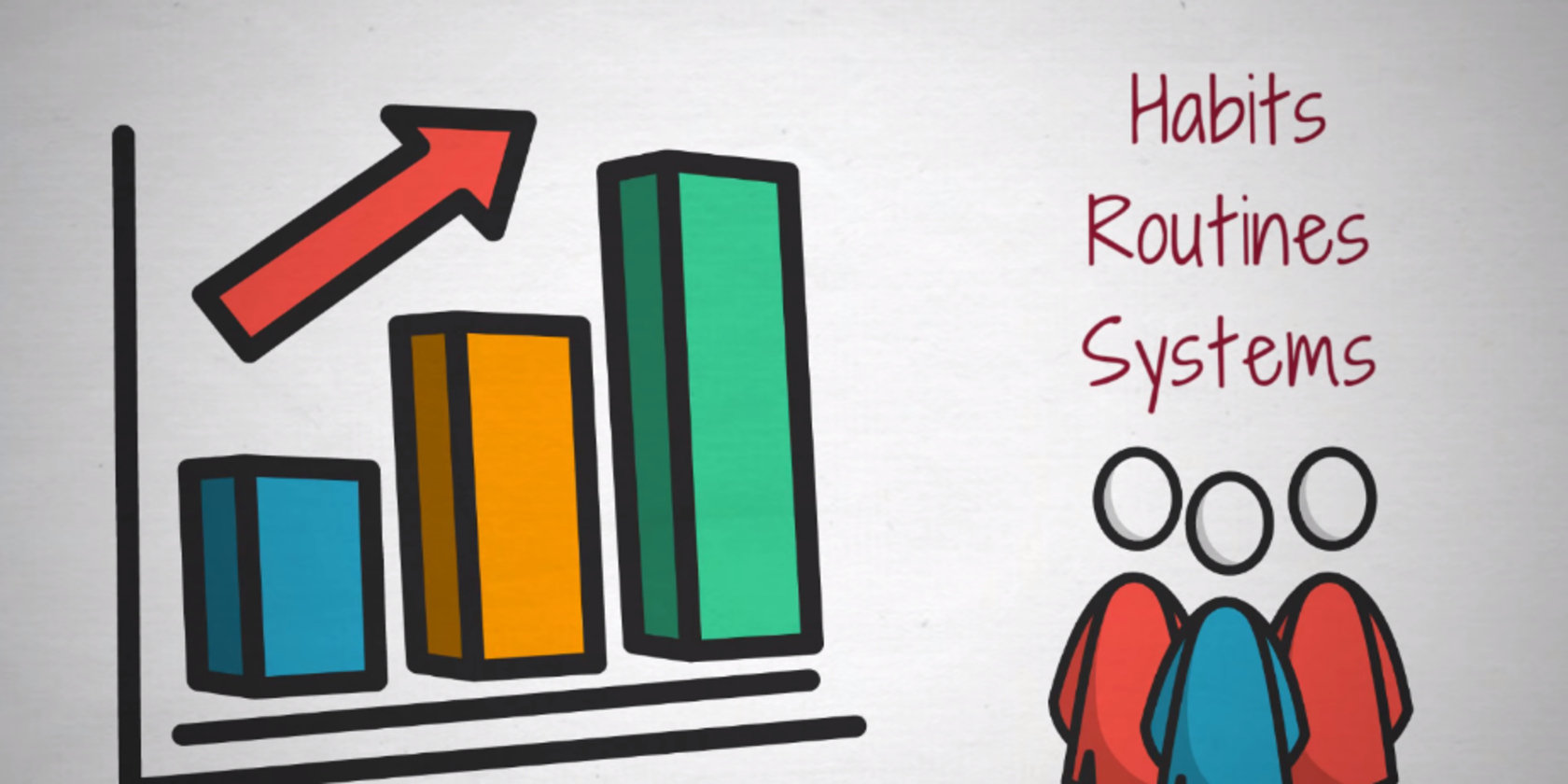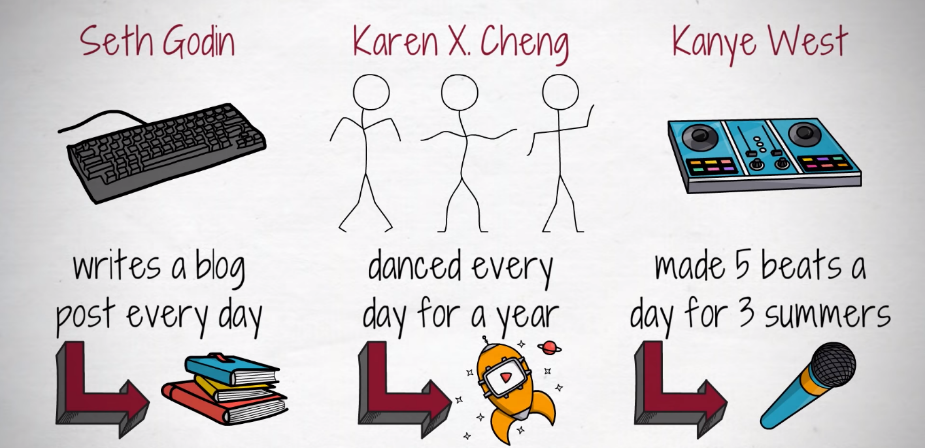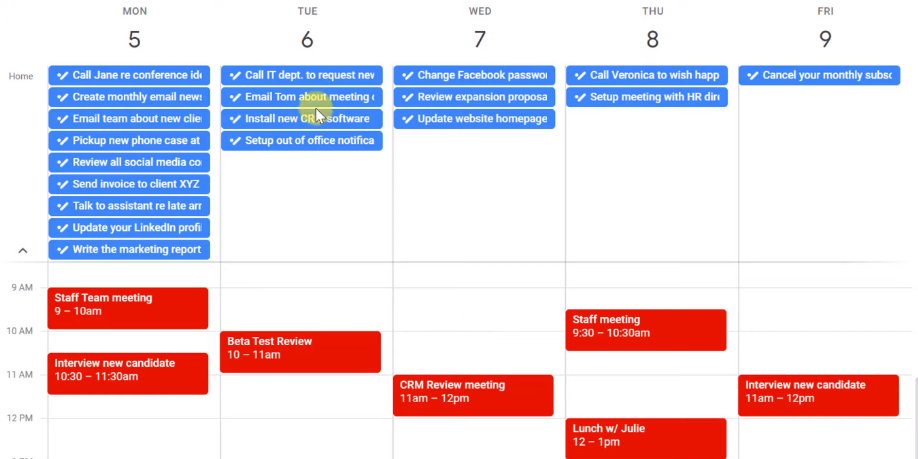Postponing tasks because you aren't in the 'mood' leads to the piling up of work. It results in unnecessary stress and frustration.
A solution to this could be Microproductivity. Instead of doing the project in one go, Microproductivity means doing it in small, bite-sized chunks. The term can have different meanings for everyone.
For corporations, it is the breaking up of large tasks into smaller ones. For individuals, it can be doing something creative for 5-10 minutes every day. For people working from home, it can mean doing the dishes between meetings.
How Can Microproductivity Help?
The idea of Microproductivity will help reduce work stress and workload. It could even entail you doing what you're passionate about for a short time. You can achieve Microproductivity by Microtasking.
Microtasking is about dividing a large piece of work into smaller slices. It can also mean doing a small amount of work every hour or finishing mundane tasks during breaks.
Understanding Microtasking
One aspect of Microtasking is corporate, while the other is creative. Corporate refers to the everyday tasks you perform for your employer. Creative refers to how you utilize Microtasking. Let's consider some examples:
1. Microtasking in Corporations
According to Microsoft Research team, the company has come up with a method for inserting small Word documents into people's Facebook feeds to encourage them to complete work while they procrastinate.
These pending tasks were simple editing work, mentioning someone, and emailing documents. An AI displayed these small tasks on the employees' Facebook feeds.
It would show two or three lines that need editing, or one comment from a document. The employees were able to complete these Microtasks without switching tabs.
2. Microtasking for Individuals
You can think of a novelist in the individual category. Novelists are Microtaskers by nature. You might never witness a novelist completing an entire novel in one go. Instead, they usually work during the day, then write a chapter or two at night.
There isn't an AI involved here, but the practice is the same. There are many applications like Habitica, HabitHub, Todoist that help with task management. You can use them to break down a task and create schedules.
Call-to-Action
Remember these while Microtasking:
1. Make Action Plans
Prepare a step-by-step breakdown of a task. In most cases, people don't make action plans when they are completely familiar with a task. This leads to different strategies for the same tasks, even if they are similar. By naming tasks and generalizing them, you can save time.
As an example, suppose you are assigned the task of writing ten social media campaigns. Establish a generalized vocabulary for all campaigns. These can sound like research, market statistics, examples, descriptions, and calls to action. It provides a step-by-step strategy that you can follow.
2. Divide Attention
Rather than being the center of your attention, smartphones are often a source of distraction. While watching TV or talking on the phone, you might be using your phone. You can use this to complete mundane tasks.
For example, you can reply to an email over a commercial break.
3. Ordering Tasks
Sort the Microtasks by complexity. Create a 'flow' of work by starting with less complexity and going higher. Your focus will remain steady until you complete a complex project.
Being Microproductive
The goal of Microproductivity is not to be constantly busy. The motivation comes from the small moments of productivity. You can also divide Microtasks among colleagues to make this an enjoyable activity. The results of collaborative work are more creative and less tedious.
Several apps are available to help you divide your tasks. You can also use them to set reminders, track habits, and so on. The less you worry, the healthier you are.



